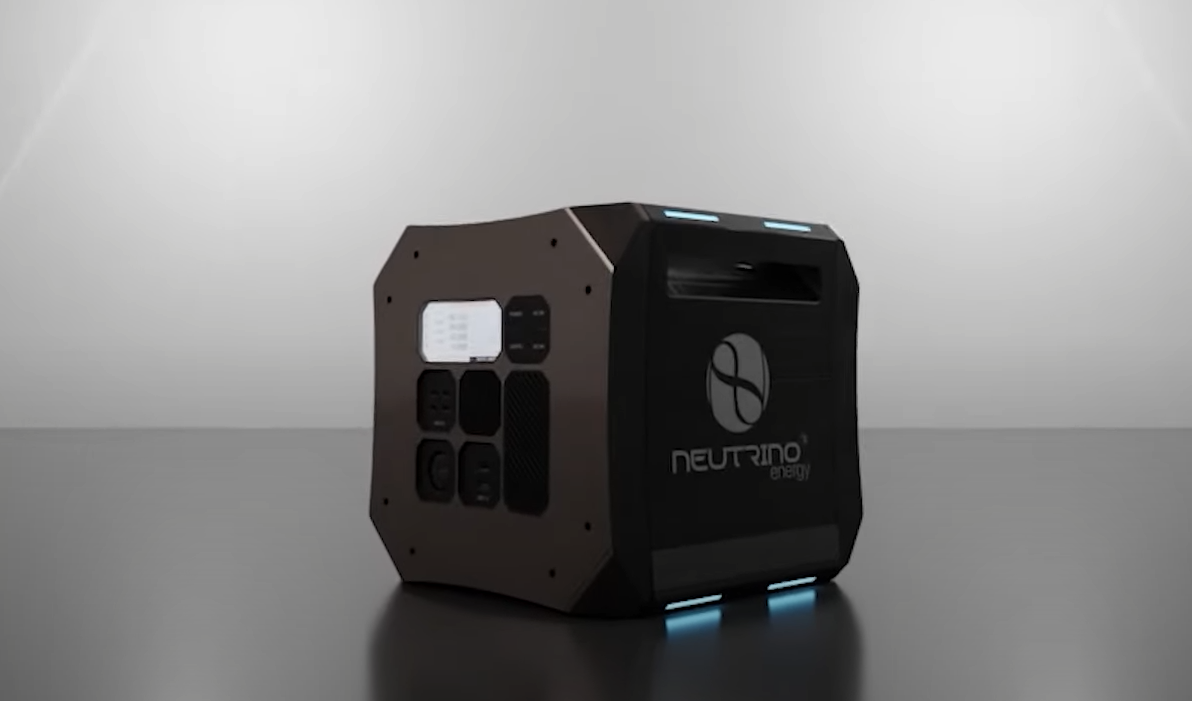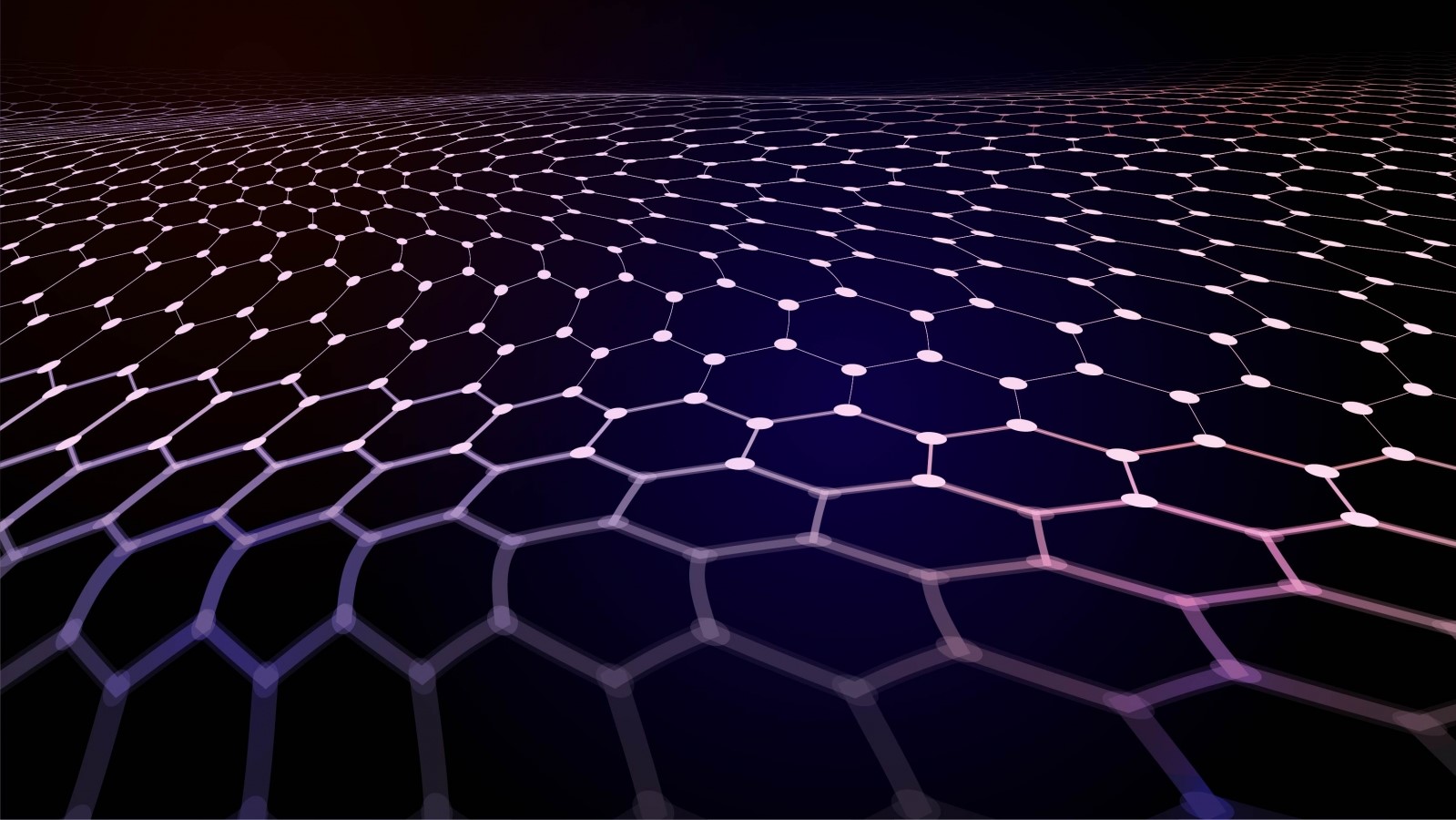The Neutrino Energy Group presents a fuel-free generator (BTG) made from “free” energy.
The Neutrino® Power Cube produces a net power of 5-6 kW based on the company’s proprietary neutrinovoltaic technology. The geometric dimensions of the Neutrino® Power Cube are approx. 800 x 400 x 600 mm. The Cube weighs approx. 50 kg and consists of power-generating units and generator control from several inverters. These convert the electrical direct current inside into alternating current with a voltage of 220 V and 380 V.

However, the designers of the Cube have also provided direct connections for direct current for devices that do not require alternating voltage. Such devices include, for example, space heaters, cartridge heaters and other appliances. By connecting such devices directly to the Cube, any previous losses due to conversion of DC voltage to AC voltage are eliminated in the event of a power failure. According to the Swiss manufacturer of the BTG Neutrino® Power Cubes, which has acquired a licence for production from the Neutrino Energy Group, numerous tests are currently being carried out. Intensive preparations are being made for production certification. A generation unit consists of 6 modules that generate direct current with a gross output of approximately 7 kW. When this direct current is converted into alternating current, losses of approx. 1-2 kW can occur.
The mechanism for generating electric current, which the BTG Neutrino® Power Cube uses, is based on oscillations of graphene atoms that occur in the form of a “graphene” wave. The phenomenon of the occurrence of such a wave is exclusive to graphene. In other materials, atomic vibrations do not cause such a phenomenon. In any case, there are no reports in the literature from scientists about observed atomic wave-like oscillations of other materials. The greater the amplitude of the “graphene” wave, the greater the amount of current generated by graphene. Optimal for the generation is when a resonance of the atomic vibrations of the graphene atoms is created.
According to scientists from the Neutrino Energy Group, the main factors affecting the intensity and frequency of the vibration of graphene atoms are the thermal (Brownian) motion of graphene atoms. The mass of neutrino particles affects the nucleus of graphene atoms, i.e. the impact of neutrinos causes a slight deviation of the nucleus of graphene atoms. Given the total neutrino flux of 60 billion particles passing through every cm2 of the Earth’s surface per second, this mechanism of action increases the amplitude and frequency of the oscillations of graphene atoms. The mechanism of action of low-energy neutrinos on the nucleus of atoms of matter is shown in detail in the published work of the Coherent collaboration. Large-scale fundamental research in the field of neutrinos is showing sensational results. The basic assumptions of the developers of the technology of neutrino photovoltaics are confirmed by researchers from a large international society. For example, a team participating in the Coherent experiment at Oak Ridge National Laboratory (USA) found that low-energy neutrinos are involved in a weak interaction with argon nuclei. This process is called neutrino nucleon scattering (CEvNS). Thus, a participant in the Coherent project (head of the laboratory of the Institute of Theoretical and Experimental Physics and staff member of the National Research Nuclear University MEPhI, Moscow), Ph.D.Y., remarked. Akimov: The greater the energy of a neutrino, the greater the momentum it can transfer to the nucleus as a result of the interaction. Therefore, the coherence condition is only fulfilled for relatively low energies – for heavy nuclei with an atomic number of more than one hundred, this energy does not exceed fifty megaelectronvolts.
From the analysis of the results of Mr. Akimov D.Y., it can be concluded that a neutrino of arbitrary energy and mass, on impact with the nucleus of the atoms of matter, transfers part of its kinetic energy to it and increases the magnitude of the oscillations of its atoms. The lighter the nucleus of the atoms of matter, the more the nucleus deviates from its original position.
According to the Vice-Chairman of the Scientific Advisory Board of the Neutrino Energy Group, Ph.D. Rumyantsev L.K., the nucleus of graphene atoms is one of the lightest, therefore, as soon as a neutrino with mass and kinetic energy hits the nucleus of a graphene atom, the deviation of the atom in the lattice will be the most noticeable and will increase the amplitude and frequency of the oscillations of the atom. Caused by thermal (Brownian) motion, the graphene atom is thus able to transform these oscillations into resonances that multiply the electric current generated.
Graphene has a hexagonal crystal lattice. It is precisely this presence of such a crystal lattice that causes the displacement of one atom – summed with the displacements of other atoms in the lattice – to cause the appearance of surface waves with horizontal polarisation. This is known in acoustics as a “Lyava wave”. For this reason, graphene was also chosen as the basis for the nanomaterial. It converts the thermal Brownian motion of atoms as well as the kinetic energy of neutrino particles and other radiation fields of the invisible spectrum, whereby the volume fraction in the nanomaterial is 75%.
For the first time, neutrinos play a leading role in the scientific justification of a technology for generating electrical energy. Thus, its developers see fit to pay special tribute to the role of neutrinos and call the technology “neutrinovoltaics”. This is despite the fact that, from a scientific point of view, it is more correct to speak about a complex effect on the magnitude of the oscillations of graphene atoms of the thermal (Brownian) motion, neutrinos and surrounding radiation fields of the invisible spectrum.
Research of their own carried out for many years and careful analyses of the works of other authors published openly in the press enabled an international team of scientists from the scientific and technological company Neutrino Energy Group to create a multilayer nanomaterial made of alternating layers of graphene and doped silicon. The layers are applied to one side of a metal foil and the surrounding “free” energy is converted into electric current. As a result of this work, electricity-generating plates were created that consist of metal foils with nanomaterial applied to one side. The nanomaterial is applied to metal foil in the absence of oxygen. The side of the foil with the nanomaterial becomes the positive pole and the back side without the nanomaterial becomes the negative pole.
The lack of such mass production equipment for applying nanomaterials to a substrate with a diameter of more than 10 cm still requires some work by the Neutrino Energy Group. At present, however, it has already been possible to produce a device for the reliable application of nanomaterials to a substrate with dimensions of 200×300 mm. Such a power plate emits a voltage of 1.5 V and a current of 2 A. The energy module in the Neutrino® Power Cube also consists of a set of energy plates, connected in series and in parallel.
The start of industrial production of Neutrino Power Cubes marks a leap in the technological development of mankind in the field of energy and transport based on electricity. The impact of this invention on people’s lives will be felt in the next 10-15 years.


